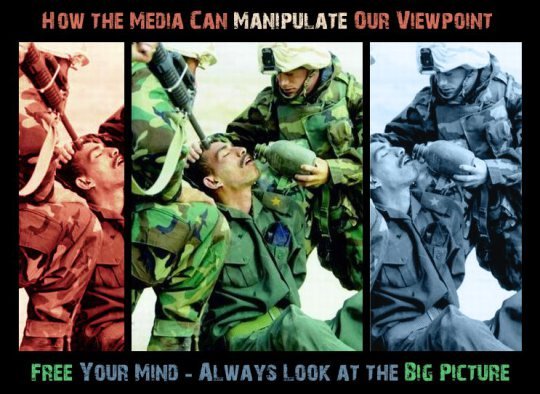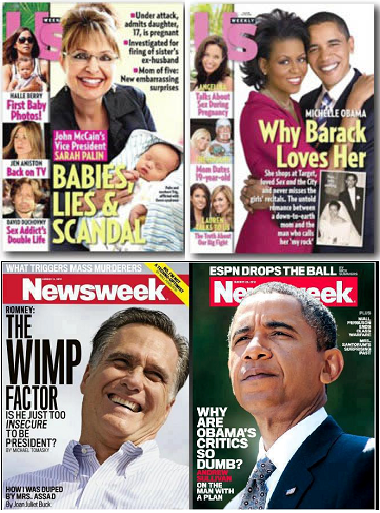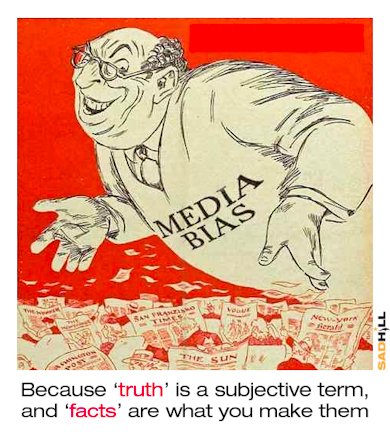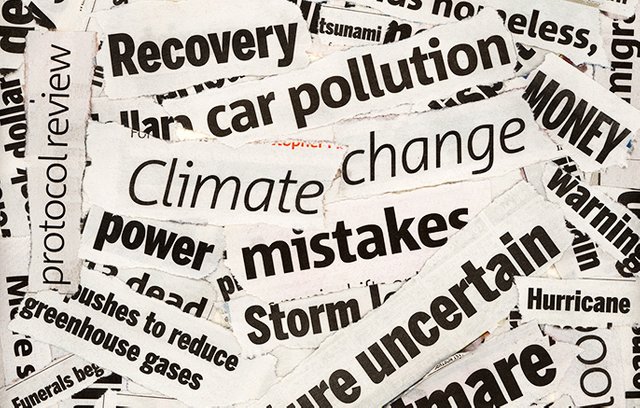Be a Savvy Media Consumer: 8 Tips for Identifying Media Bias
We are living in a post-truth, alternative facts, fake news World. The lines have forever been blurred between truth and reality. Now, more than ever it is important to read critically, everything you are presented with in the media.
MEDIA BIAS

HOW TO SPOT?
While outright lies are easy to spot, sometimes bias can be carefully hidden and may take a more enquiring mind to discover. Not all bias is deliberate, but much is, so be a discerning reader and look out for the follow techniques.
1) Bias through selection and omission
This can simply begin by including some stories and not others, or including favourable information while leaving out some bits you may not like. Spotting bias through omission can be difficult and is best done by getting your news from a variety of sources. Unfortunately many of us only subscribe to news which supports our confirmation bias.

2) Bias through placement
This can be less of an issue on the web but should still be considered, as the placement of a story inadvertently raises or lowers its perceived significance. A story can be buried or promoted to serve a purpose.

3) Bias by headline
Most people will read only the headlines of a news story. Headlines are the most read part of a newspaper, and there is a reason the editor pens them. A carefully worded headline can express approval or condemnation for the same story.

4) Bias by photos, captions and camera angles
We've all experienced this, when its taken us 50 selfies to get one that we look good. Media outlets can choose to either flatter a person or make them appear undesirable by carefully chosen photos. Images of events can be used to influence public opinion.

5) Bias through use of names and titles
Media often use labels and titles to describe people, places, and events. A person may be described as a "terrorist" or a "freedom fighter" depending on the editorial bais.


6) Bias through statistics and crowd counts
Numbers can be skewed, inflated or exaggerated depending on the event. How many people were at an event will depend on who is telling the news.


7) Bias by source control
For me, this is possibly the most important. Always consider where the news item is coming from. Who is the source? Would the person telling you the news have any good reason to lie? More often than not the answer is "YES"!


8) Word choice and tone
Words with positive or negative connotations can be used to influence what a reader thinks.

I hope you found these tips useful as you navigate the minefield of modern media.
Source: Media Awareness Network
Images: http://consciousreporter.com
http://universityofcalifornia.edu
http://1.bp.blogspot.com
http://www.ipdigit.eu
http://image.slideserve.com
http://images.slideplayer.com
http://www.pinoy-hd.com


Some good tips, thanks for sharing
Extremely valuable post. Thank you so much for it! The effort you put into this is very clear. I actually just made a post about media and thought you might find it as an interesting parallel to your article, check it out @preeinatree
resteemed.